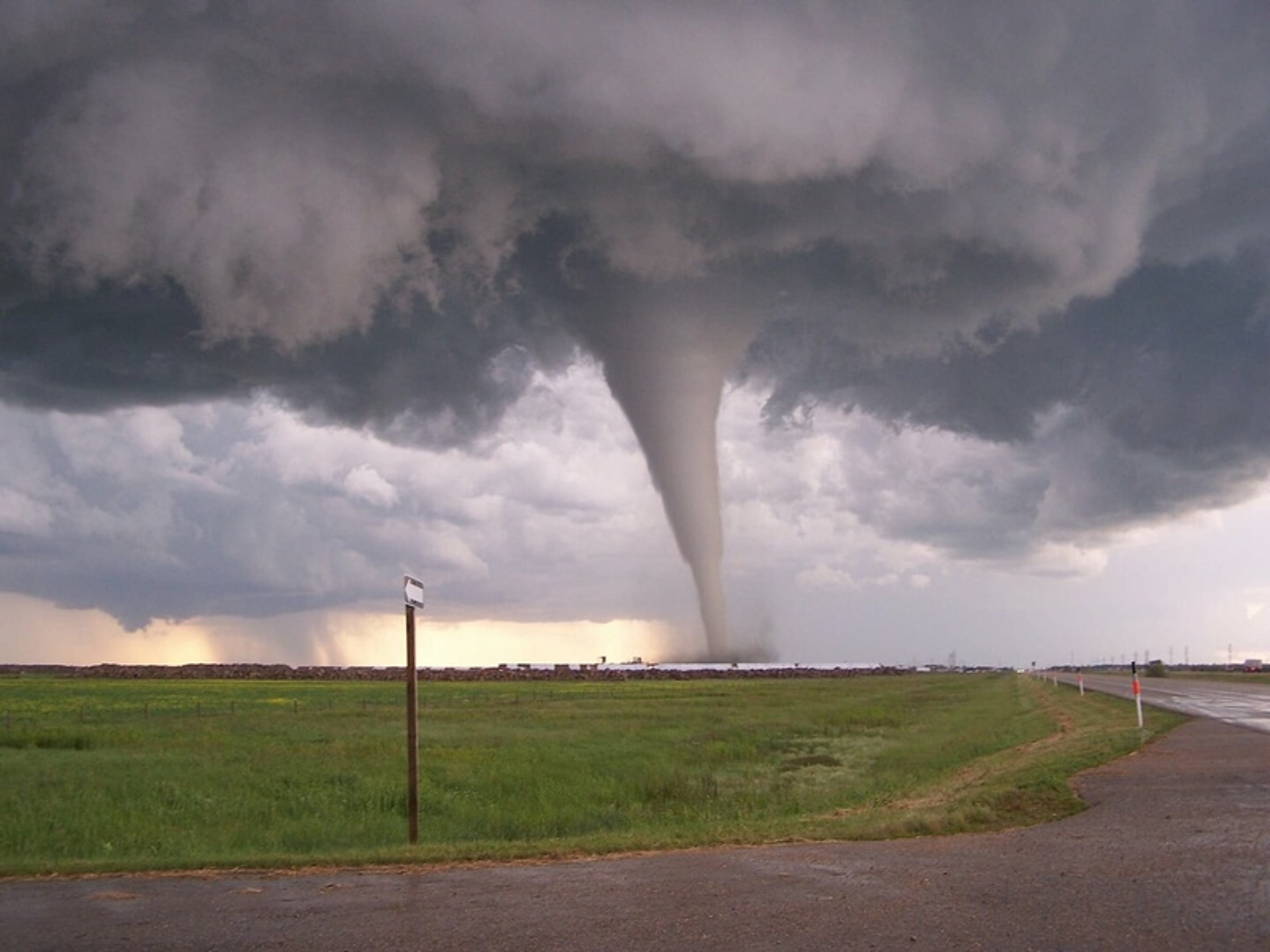
Heavy Rain, Flooding, and Chance of Severe Weather Staring Down the Southern U.S.
January 22, 2024
Posted: April 14, 2023 1:40 pm





Recording about 1,200 tornadic events on an annual basis, tornadoes are more common in the mainland U.S. than anywhere else on the planet.
As such, it makes sense the popular Fujita rating scale was devised by a professor at the University of Chicago. Prof. Tetsuya “Ted” Fujita saw the need to categorize tornadoes based on their intensity.
The result was the rating system that is now used universally throughout the U.S. and in several other countries around the world. Here is what you need to know about this rating system and its evolvement over the years.
The Fujita system was first laid out in a publication titled “Proposed Characterization of Tornadoes and Hurricanes by Area and Intensity” in 1971.
Fujita detailed a scale that could be used to measure the strength of a tornado through the use of estimated wind speeds as well as the amount of damage that resulted. Fujita used a scale of 0 to 5 to categorize the differing intensities of these severe storms.
For instance, a twister with wind speeds between 207 and 260 mph would have fallen under the classification of an F4 tornado with this scale. Fujita described the damage left behind by an F4 tornado as catastrophic, detailing that cars would be thrown about, structures severely damaged, and piles of debris strewn everywhere.
The original Fujita scale of 1971 served as the building block for what would later become the Enhanced Fujita (EF) Scale. This categorization was later updated by the National Weather Service (NWS), launching what is now widely used to assign values to tornadoes after they roar through an area.
Two of Fujita’s former students worked on the team that developed the more modern rating scale.
The EF Scale was officially adopted on February 1, 2007 and is still the recognized designation standard used by the National Oceanic and Atmospheric Administration (NOAA).
Because it is impossible to rate a tornado as it forms, the EF Scale classifies them by the severity of the damage that they inflict. Scientists can assess the damage and determine the wind speeds associated with the twister.
The EF Scale leans on the use of 28 distinct categories used in the assessment. The categories cover a variety of different structures, including sturdier brick houses to mobile homes.
Each of the 28 categories use their own specific degree of damage scale. Once these 28 categories are rated, a total score will be assigned to the tornado to indicate its overall intensity.
While extremely rare, an EF5-rated tornado is a massive force of nature. Tornadoes of this magnitude pack wind speeds of over 200 mph, capable of completely destroying large fortified structures. EF5 twisters can pick up heavy trucks and trees and send them flying through the air.
The prevalence of these projectiles are often the most dangerous aspect of an EF5 tornado.
Although the EF5 scale has only been used recently, meteorologists have been able to go back and use past recorded data to assign values to previous tornadoes.
The deadliest tornado in recorded history happened on March 18, 1925 when what is now recognized as an EF5 event tore through a large portion of Missouri, Illinois, and Indiana. Now known in weather circles as the “tri-state tornado,” this twister was responsible for 695 deaths and the destruction of over 15,000 homes.
The most recent EF5 tornado in the U.S. happened on May 20, 2013 in Moore, Oklahoma. This twister was so deadly because it stayed on the ground for almost 40 minutes, spreading to over a mile wide. At least 25 deaths were blamed on this tornado.
The overwhelming majority of twisters in the U.S. come in at either an EF1 or EF2 storm. Experts estimate that EF3, EF4, and EF5 tornadoes only make up about 10% of all confirmed twisters. However, these storms are blamed for about 88% of all total fatalities.
Did you find this content useful? Feel free to bookmark or to post to your timeline for reference later.

January 21, 2024

January 19, 2024

January 18, 2024